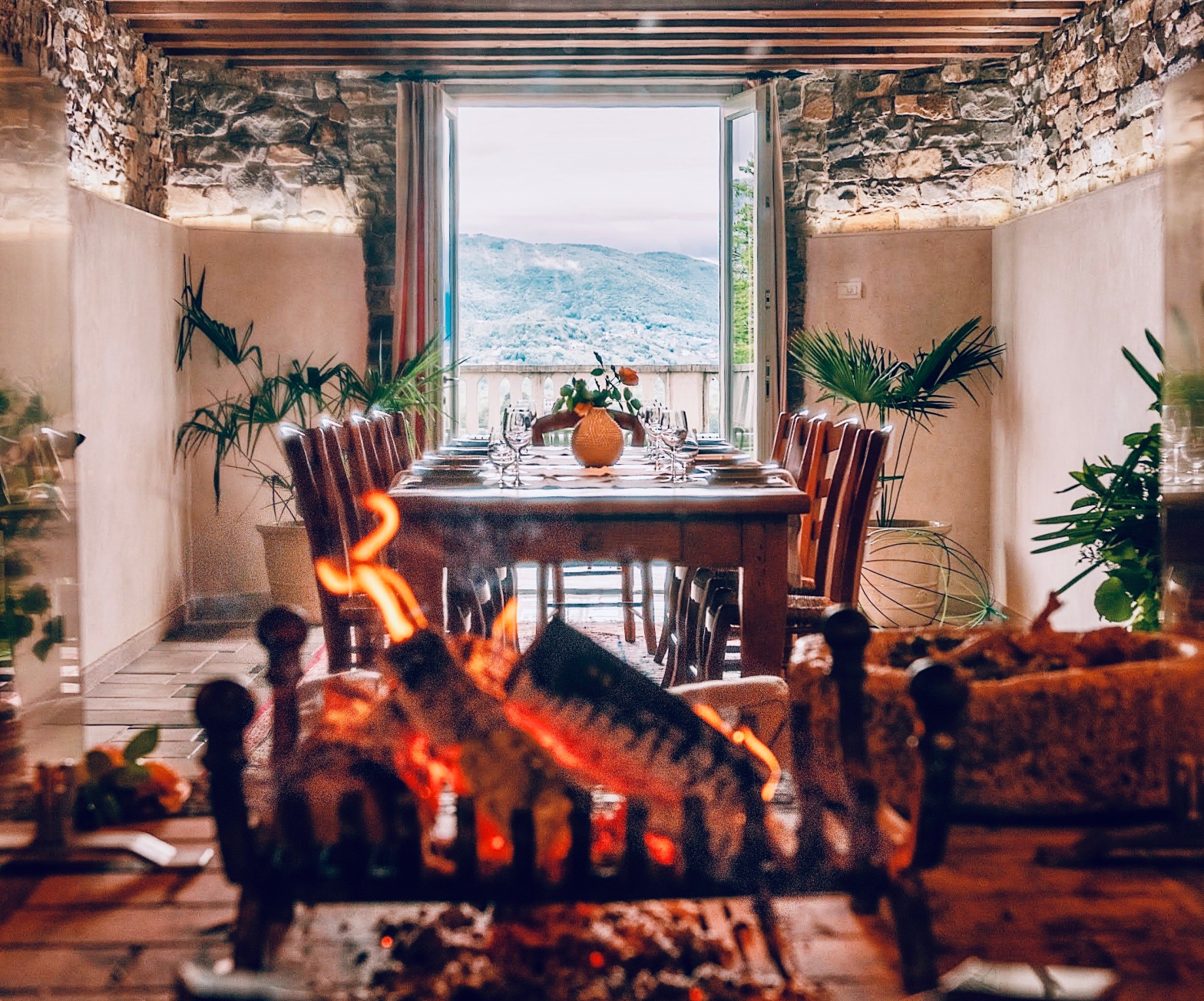
According to where you live, it goes with different names.
In Italy, it is typically known as “ceppo”, and even though nowadays its long-lasting tradition has fallen out of fashion, there are several areas that still hold it in high regard.
Tuscany is one of them.

Deriving from German paganism and Midwinter ceremonies, folk customs all over Europe – and beyond – were often connected with the so-called “Yule log”: A piece of wood burned on a fire, basically.
But what is so special about that?
The “Yule log” with all its variations, from the Catalan “tió” to the Italian “ceppo”, was seen as a symbol of divine light. Something quite useful during cold and harsh Winter nights.
It was believed to bring good luck, protection and sanctity. And singing, drinking, and feasting around it was mandatory!

The Yule log’s association with Christmas rituals eventually caught on everywhere. But other seasonal figures somehow descend from this tradition, especially in Tuscany.
Way back then, the ceppo was carefully selected and then cherished with all the trappings. People used to bless it, grease it with olive oil or wine, cover it with ribbons and little drawings,
until the head of the family finally lit it.
Ancient superstitions and ceremonies such as these were still in place until a few decades ago, with the ceppo burning in the fireplace and the whole family gathered around it. One tradition in particular saw children being blindfolded before it, saying prayers to it and wishing for the ceppo to bring nice presents to them. And the ceppo was believed to talk back somehow, as if it had a soul and a will of its own.
This soon led the ceppo to take on the form of a big puppet as well. This man-shaped ceppo was put outside of the house, it rang the bell or knocked at the door, and when people inside asked “Who goes there?”, someone replied “It’s the ceppo with its present.”
And there you have your Tuscan ancestor of Santa Claus!

